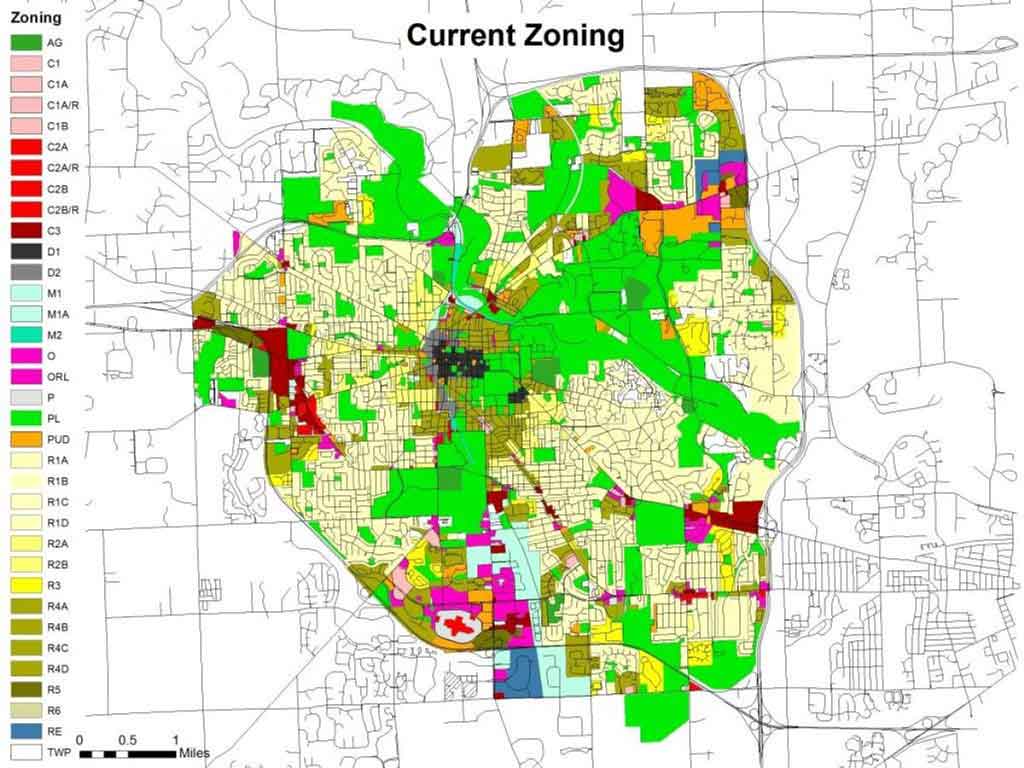
IMPORTANTANCE OF ZONING IN ARCHITECTURE & KEY METRICS
IMPORTANTANCE OF ZONING
Have you ever stumbled upon a vast expanse of land and found yourself lost in dreams of its endless possibilities? In this blog post, we’re peeling back the layers of a topic as misunderstood as a toddler’s abstract art masterpiece—Zoning as it pertains to the world of architecture and design. Now, you might be thinking, “Zoning? Isn’t that something to do with those maddeningly confusing maps down at city hall?” Well, yes, but it has the potential to be a lot more exciting than it sounds—promise!
So, what exactly is zoning and why should we even care about it? Put simply, zoning is a set of rules and regulations that govern the use of land in a specific area. These rules are typically governed by the local Authority Having Jurisdiction (AHJ). A few examples of a local zoning AHJ would be:
The City of Atlanta
Dekalb County
Cobb County
City of Decatur
All these AHJs offer online GIS maps for public access to search and discover the current zoning of any piece of land.
These rules determine things like what types of buildings can be built, how tall they can be, and what purposes they can serve (residential, multifamily, commercial, industrial, etc.). They will also state whether your lot is in a historical district, along with a myriad of other things. If you’re having trouble determining your zoning or just need a little guidance, feel free to schedule a quick call or zoom meeting here: Zoning Analysis Call.
These AHJs also provide the zoning ordinance that goes hand in hand with the GIS maps. This typically shows up in the municode format. Here a few examples from the AHJs mentioned above:
City of Atlanta’s Zoning Ordinance. Atlanta’s zoning ordinance is fairly lengthy and complex, but a few of the main residential designation are R-1, R-2, R-3, R-3A, R-4, R-4A, R-4B, R-5.
The majority of these categories allow for single family development, in varying forms, as their principal use. Some of the R designations, such as the R-4, allows for an Accessory Dwelling Unit (ADU) to be built in addition to the primary single family home. The R-5 allows for a duplex as a primary principal use, along with the single family as a primary use.
But why should it matter?
Well, zoning can heavily influence the form and function of everything from a single; half of an acre site; to an entire city. By understanding zoning regulations, we can find better ways to creatively problem solve whatever that problem might be.
Now, let’s take a closer look at some key metrics used.
Metrics That Would Impress Even Your Math Teacher!
Alright, hold onto your calculators, folks. When zoning gets down to business, it looks at a bunch of metrics—and I’m not just talking about the ruler kind. One of the key metrics, outside of determining what can be built, is how big it can be built. This is where the Floor to Area Ratio (FAR) comes into play. The FAR isn’t a platitude on how far your building can go, but a simple number that ensures your building’s size is in tango with the land area.
An example of how the FAR plays out: We will use the Charles Place project for this example. The idea here was to design and build a new single family home with an attached “in law suite,” along with a detached ADU in the City of Atlanta. The developer would by a 100’x150′ lot, subdivide it, right down the middle, and build 1 of these projects on each lot.
After researching the zoning maps, and ordinances Robertson Architecture determined that the sites are currently zoned R-4A which allows for a detached single family home, as the primary use, along with an ADU as the accessory use.
The given FAR, for a R-4A lot, is .5 of the net lot area. This simply means that you multiply, the area inside the property lines, by .5. In this case, the net lot area is right at 15,000 square feet x .5 = 7,500 square feet. These two lots would allow a total square footage of 7,500 to be built, so this is what we ended up doing. For each lot, the principal house was 3,000 square feet, and the ADU was 750 square feet. The City of Atlanta maxes out the ADU at 750 square feet.
Then there’s setback requirements; not a setback like when you realize you’re out of coffee, but the distance a building needs to be from the property boundary. There’s also density regulations, which is not about how thick-skulled your building is, but how many units can cozy up on a chunk of land. Maximum lot coverage, max height requirements, and the list goes on…
Some common examples for setbacks are the following:
R-4A requires a 35-foot setback off of the front yard, 7 feet off of the two side yards, and 15 feet off of the rear yard. The area inside the setbacks is what would be considered the buildable area.
What the Heck is Zoning Anyway?
When architects dream up that shiny new duplex or quaint little coffee shop, they don’t just throw a dart at a map and start designing. We need some kind of constraints, one that tells us where we can build that shiny new duplex, how tall we can go, and whether we can include that moat that everybody keeps posting all over Pinterest (disclaimer: moats are sadly not covered by most modern zoning regulations).
Zoning is like the referee in the game of Monopoly; it keeps players from putting hotels willy-nilly. Except in this game, the board is a city, and the pieces are buildings, not thimbles and top hats. But like Monopoly, zoning can seem confusing and overwhelming at first. There are terms like FAR, R-5, and setbacks that might make your head spin. But fear not, we’re here to break it down in a way that’s easy to understand (and hopefully more enjoyable than playing Monopoly with your family). So grab some coffee, and let us help you make it around the board! Coffee Chat.
The Legend of the Legendary Zoning Map of Atlanta
Atlanta isn’t just famous for its peaches; it also has one of the most talked-about zoning reboots in recent history. The city transformed its zoning approach to better manage growth while preserving the soul of the Peach State’s pride. It started with the usual suspects—residential, commercial, and industrial zones—but then put on its creativity cap and included things like tree preservation and public transport access into the mix. Atlanta is currently in the process of a significant overhaul of its existing zoning ordinance, guided by the principles outlined in the Atlanta City Design document.
The Atlanta City Design lays out five core values: Equity, Progress, Ambition, Access, and Nature. These values exist in a delicate balance, requiring trade-offs to achieve Dr. King’s vision. It’s like a juggling act, making sure no one pillar steals the whole show. For instance, while some focus on preserving the city’s lush tree canopy provides a refreshing green cover, offering shade and a connection to nature within the urban landscape, they overlook the importance of fair housing options that would provide better housing choice to the city’s future residents.
A Slice of History with The Standard State Zoning Enabling Act
Picture the roaring ’20s: flappers, jazz, and… urban planning? Yup, that’s when the snazzily named Standard State Zoning Enabling Act made its grand entrance, allowing municipalities to manage land use formally. It was a game-changer, like swapping out your flip phone for a smartphone.
The Impact: A Tale of Cities (Not Written by Dickens)
It’s story time, everyone. Imagine zoning as Cinderella’s fairy godmother. With a flick of her zoning wand, she can turn a pumpkin warehouse district into a sparkling mixed-use area, complete with fancy apartments, charming boutiques, and all the artisanal cheese shops your heart desires.
Without zoning, most of our space wouldn’t be desirable to live or work in! Skyscrapers crashing high school proms, factories sidling up next to your backyard BBQ—the horror! Zoning is the unsung hero keeping cities from turning into a real-life game of Jenga.
Wrapping It Up Without the Red Tape
Folks, we’ve scoured the zoning map, done the math, and spun the yarns. Now, it’s time to put a bow on it. Zoning in architecture isn’t just a pile of boring paperwork; it’s the backbone of city planning. It’s what keeps our skylines sleek, our neighborhoods tidy, and our streets less like a bumper car arena.
Whether you’re a real estate mogul-in-the-making, a hometown hero with a property venture, or a real estate agent with enough zoning facts to fill cocktail party chatter, remember that zoning is your friend—albeit the friend who won’t let you build a skyscraper in your backyard.
Just remember, next time you curse your local zoning laws for cramping your style, take a moment to envision the alternative. And if all else fails? Imagine you’re an architect with a magic wand, doing your part to prevent architectural anarchy—one zoning regulation at a time.
Remember, they may not always be glamorous or exciting, but their impact on our cities is undeniable. So next time you see a new high-rise in the middle of suburbia, don’t be too quick to judge – there’s likely a zoning regulation behind it! And if you’re ever feeling overwhelmed by the red tape and bureaucracy, just think about all the taco trucks and dog parks that are made possible thanks to thoughtful zoning. Cheers to creating beautiful and functional spaces together!
So, let’s keep zoning on our minds and continue to make our cities better one building at a time.
#zoning #atlanta #destin #singlefamily #useofland #keymetrics #robertsonblog
Author: David Robertson is an Atlanta based architect and founder of Robertson Architecture. Robertson Architecture on the premise of helping entrepreneurs and like-minded individuals exceed their goals.
In 2018, Robertson Architecture was formed with the single focus of helping homeowners and entrepreneurs exceed their goals. The firm works with custom residential homes, townhouses, restaurants, and hotels all across the Southeast. David has a passion for helping entrepreneurs and homeowners realize their dreams.
With over 10 years of experience, David spent the beginning part of his career working on small to medium sized commercial projects across the U.S., including hospitality projects, office buildings, multi-family, and custom homes.
- David Robertson AIA NCARB
- Office 470.795.9596
- info@robertsonarc.com

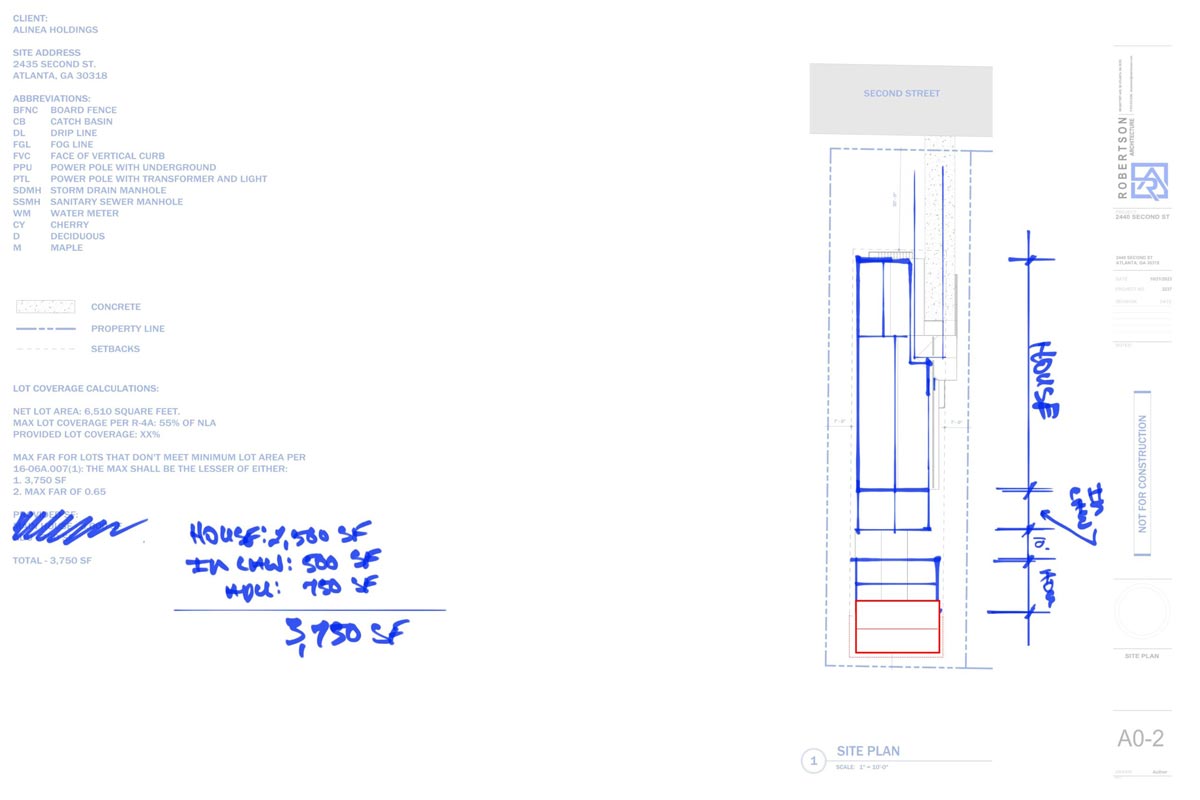
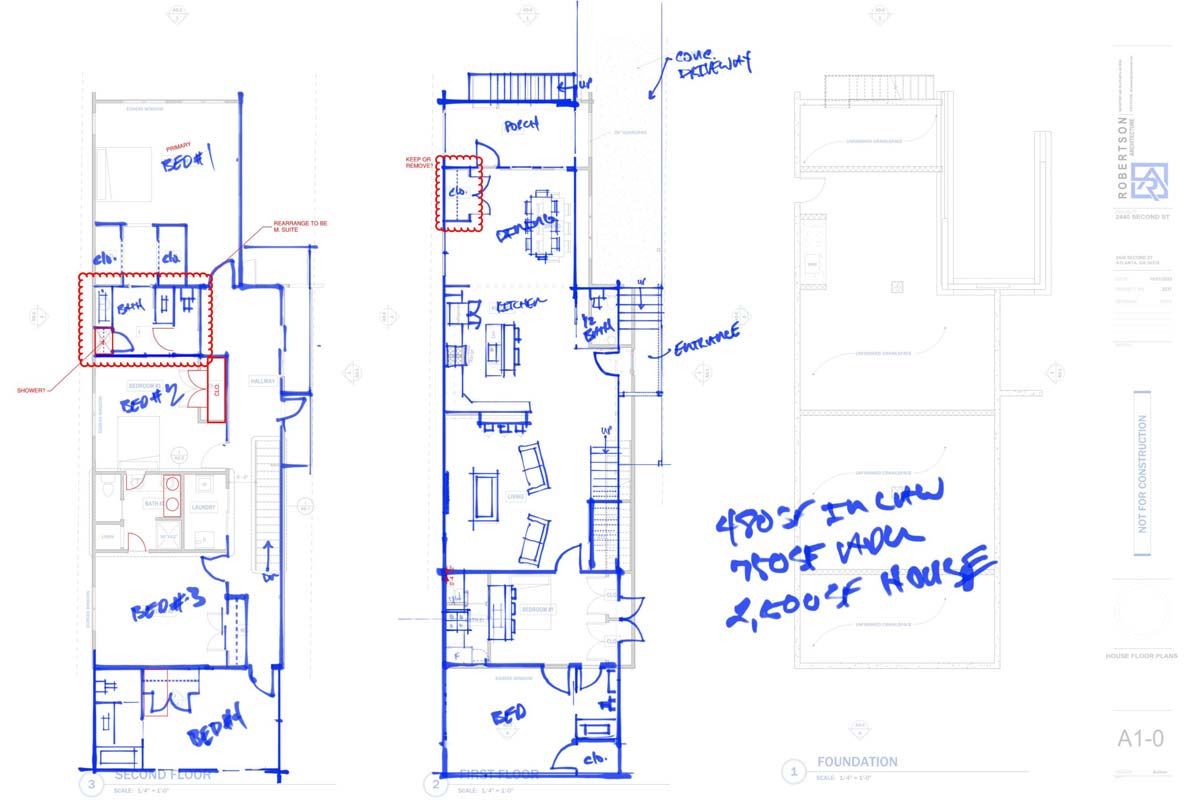
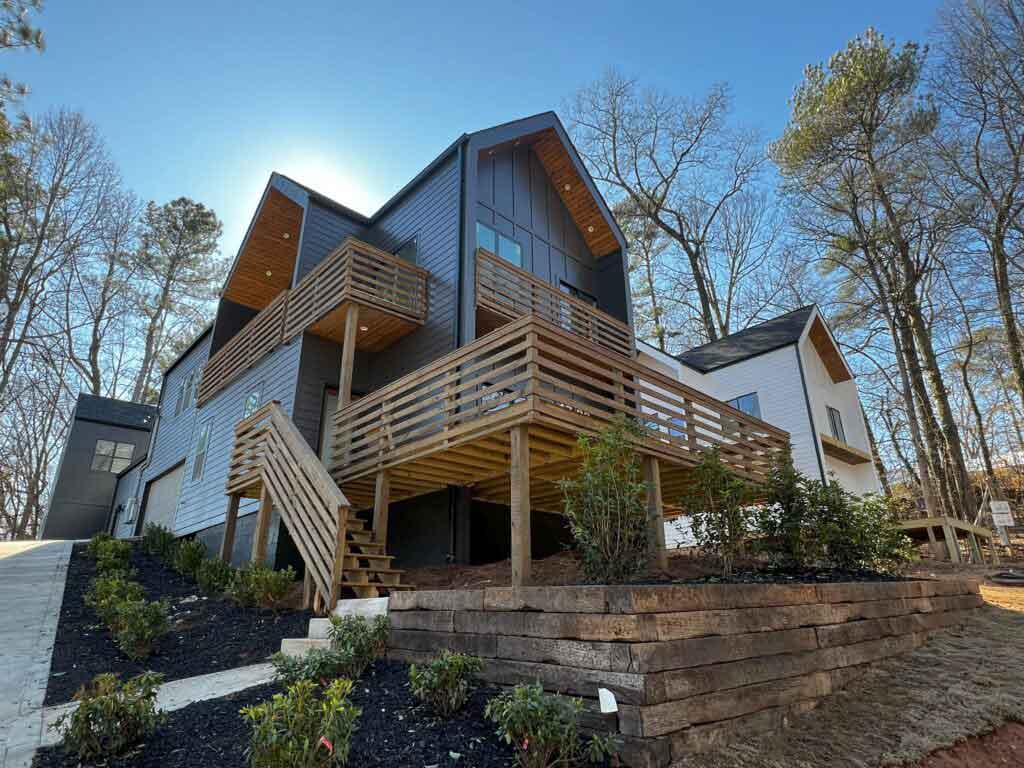
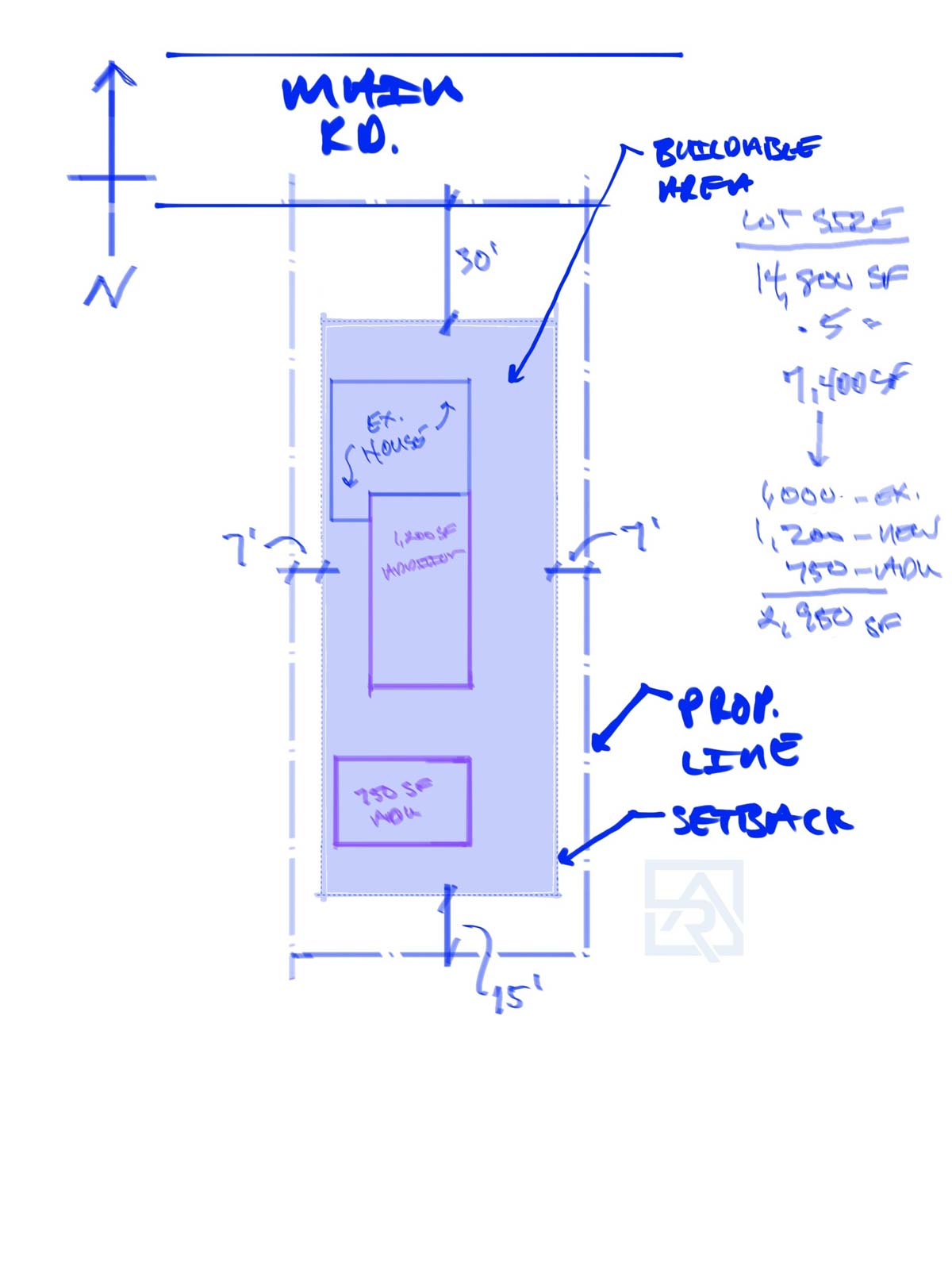
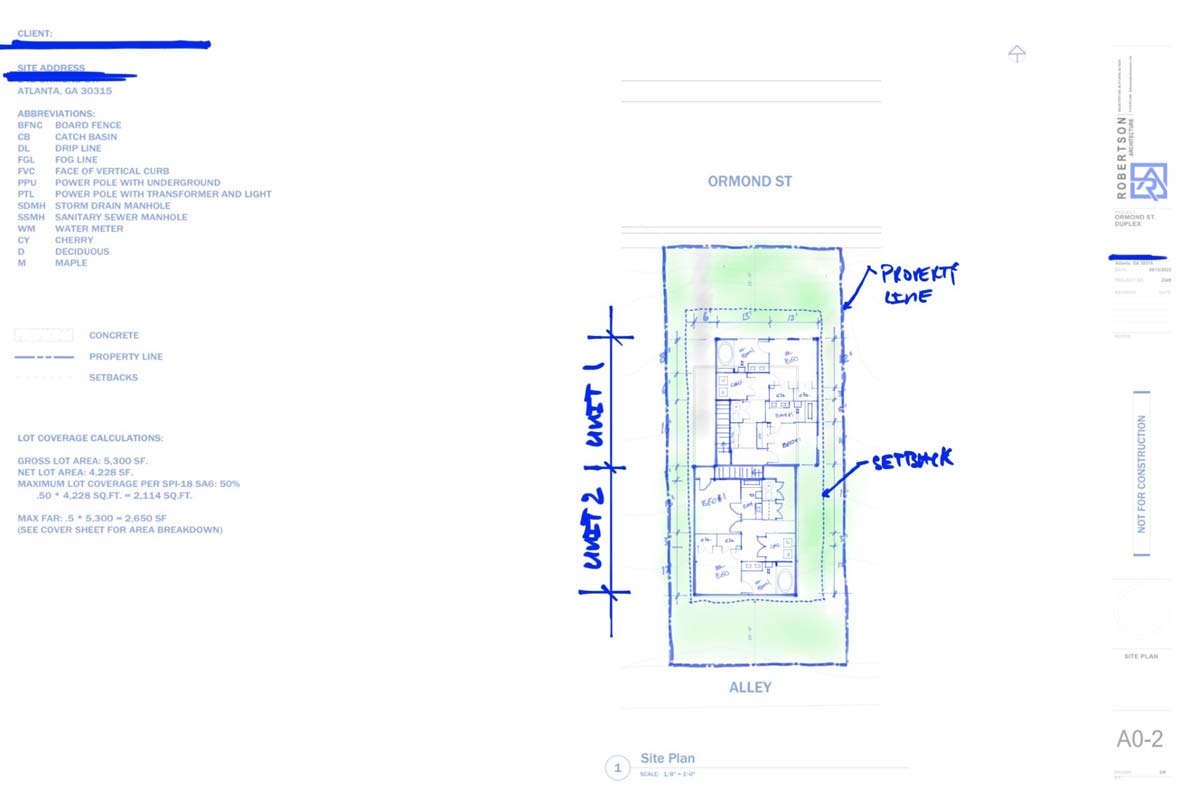
0 comments